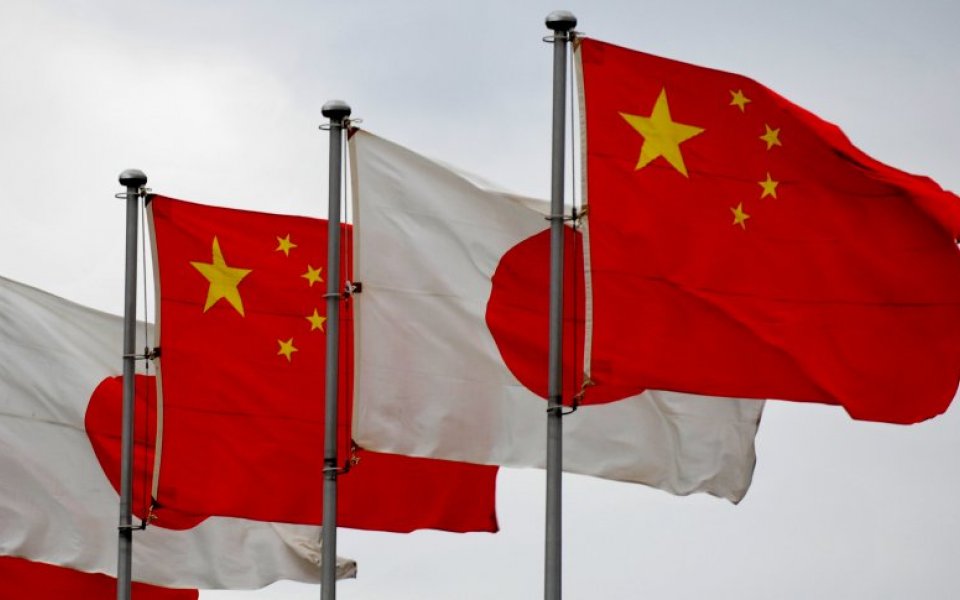Is China the new Japan? Why markets are testing whether China will permanently slow to growth of two or three per cent

Some 25 years ago the world’s then largest ever credit bubble burst, sending the Tokyo stock market index tumbling and Japanese real estate prices into freefall. Now it’s the turn of China to deflate as it surpasses Japan as the world’s biggest credit bubble.
The cost for Japan can be measured in terms of its long-period of slow GDP growth, persistent deflation and a permanent de-rating of the once buoyant stock market.
Credit growth slowed as banks digested bad debts and although there were token bank failures, (LTCB and Nippon Credit) the financial system has since stumbled on. This, rather than the short, sharp Lehman-like shock, may be is what lies ahead for China?
This is important because in the after the 2008 crisis, the world economy was kept going by super-strong Chinese demand: commodities boomed and Asian was pulled along by China’s long-supply chains.
If China is incapable of fast future credit-led growth, the world will have to live without Chinese demand and Asian economies and financial markets face a challenge. Like in Japan’s case, stock markets, where price-earnings multiples depend on trend growth rates and not cyclical swings in profits, will de-rate and foreign capital will exit.
Asian economies and their investors require growth. The key point is the pace of China's future secular growth trend. We cannot look back.
China’s reported nine-10 per cent annual GDP growth rates 2008-11 were exceptional, unbalanced and unrepeatable. True, Chinese policy-makers aim to switch towards a more sustainable consumer-led growth path, but remember China is still a state-run system.
The experience of large, ‘planned’ economies from the days of the USSR shows these economies do not cycle, but stumble. Few predicted the ‘successful’ path of the Soviet economy during 1960s and 1970s, and fewer saw its rapid demise from 1985 through to its end in 1992.
The lesson is that there was no ‘normal’ Western-like cyclicality, rather a tent-shaped rise and fall over several decades that correlated closely with the rise-and-fall of capital spending as a share of GDP. This could be China’s fate unless she accelerates market reforms.
Based on our reading of liquidity and corporate cash flows, the Chinese economy probably hit bottom around mid-2015 at around an ‘honest’ two per cent growth rate, but seen little liquidity growth since.
China’s lack of policy stimulus and extra fiscal spending threatens to compromise the current anti-corruption drive in the regions, and the recent haemorrhage of flight capital threatens to further weaken the yuan exchange rate.
No modern economy has successfully moved from the fast-lane and back to the fast-lane, without hitting the hard-shoulder. At an annual five-to-six GDP growth rate all will be fine, but if China permanently slows to a two-to-three per cent clip, then markets will be hugely disappointed.
This is what nervous investors are testing out